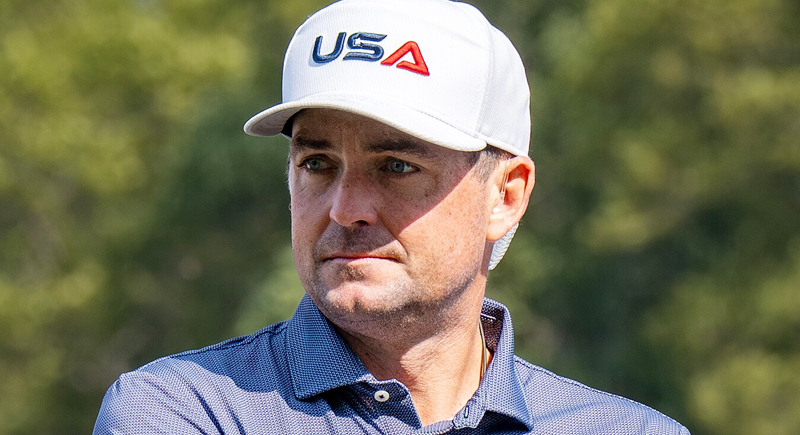Why Team USA’s Ryder Cup Loss Was Set in Motion Months Ago
The Ryder Cup at Bethpage Black gave fans plenty of drama, but not the kind the home crowd wanted. On Sunday, the Americans surged in the singles matches and nearly pulled off one of the great comebacks in Ryder Cup history. Still, Europe walked away with a 15–13 win and their first victory on U.S. soil since 2012.
For all the late excitement, the truth is the contest was mostly decided before the weekend was in full swing. By Saturday night, Europe already had a huge 11.5–4.5 lead. The cushion meant they only needed a few more points on the final day, while the U.S. had to be perfect.
A Captain Short On Experience

Image via Wikimedia Commons/Bryan Berlin
Keegan Bradley’s selection as captain was surprising. At 39, he was still an active player and had never been a vice-captain. He gave it his all, but he admitted he had to figure things out as the week went along. That inexperience showed in some key decisions.
Course setup was one of them. Bethpage Black is known as one of golf’s toughest tests, but for this Ryder Cup, the U.S. chose a softer setup. Fairways were widened, rough was less penal, and rain softened the greens. The idea may have been to favor big hitters, but instead it allowed Europe’s precision players to thrive. By Friday, even Americans like Harris English and Bryson DeChambeau admitted the course was nothing like the brutal Bethpage seen at past majors.
Europe’s Advantage
The pairings also raised questions. Some matchups went against statistical data, and when they lost, Bradley sent them out again. The results were the same. Meanwhile, players like Cam Young, who scored well later, sat out key early sessions. By the time those decisions were corrected, Europe already had momentum.
Luke Donald’s team arrived more prepared. Eleven of the twelve players had played in the 2023 win in Rome, and the support staff was essentially the same. This gave them continuity that the Americans didn’t have. Donald also paid attention to small details, like making sure hotel rooms were comfortable so his players rested well. The preparation showed. Europe dominated the foursomes and quickly built a commanding lead.
The loss reflected years of issues. Big-name Americans who joined LIV Golf, like Brooks Koepka and Dustin Johnson, were not part of the team. Other past stars had lost form or were aging out. The U.S. simply didn’t have the same depth it once relied on.
Europe faced some of the same challenges but kept its core strong with players like Jon Rahm, Rory McIlroy, and Tyrrell Hatton leading the way. They were organized, focused, and ready. This left the U.S. scrambling, and by the time they found their fight on Sunday, it was too late.